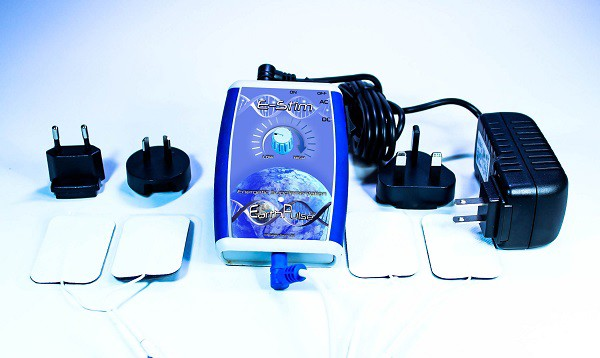How Is Laser Used in Medicine?
A common and incorrect belief is that the high-power primary green laser can be used to treat or treat small wounds and scars. If the laser is strong enough, it will not heal the wound, it will only burn it and iron it in the process. Laser cautery can reduce the chance of infection, but a burn will cause more damage.
Infrared laser pointers are commonly used to treat soft tissue injuries such as bruises and sprains. Through a process is known as microcirculation therapy as biostimulation, lasers can penetrate under the skin and activate cells. This, in turn, improves microcirculation, immune response, and inflammation and reduces pain.
Laser acupuncture: It is essentially a non-invasive method that uses an infrared laser to stimulate acupuncture pressure points and is ideal for people who are afraid of needles or who cannot tolerate the sensation of needles entering their bodies. Laser acupuncture is an ideal treatment for soft tissue injuries and pain relief for both acute and chronic conditions. A laser of 500 mW or more is likely to cause skin burns.
Tattoo removal - A pulsed laser is used to launch a short, intense wave of light through the skin towards the tattoo pigment. The dye breaks down and is then naturally eliminated over time by the body's immune system. Gone are the days when tattoo removal involved intimidation and skin loss. Now with laser tattoo removal, tattoos can be completely removed leaving skin healthy, intact, and completely tattoo-free.
Surgery - For many types of surgery, the traditional laser scalpel has now been replaced. The advantages of laser surgery are that it is relatively blood-free, and the heat from the laser keeps the wound germ-free and reduces the risk of infection. Laser surgery is also faster and therefore cheaper.
Sperm Transport: Research indicates that low-level laser therapy improves sperm motility when used in dosages. The laser releases chemical pathways in the sperm that release energy from the mitochondria, making the mitochondria work better and faster.
Acne: About 30% of acne is made up of sebum, so removing sebum reduces the appearance of acne. The fats in acne contain specific chemical bonds that are degraded by the laser, allowing the body to absorb the fats.
Cancer - This is an area where there is a lot of controversy and the benefits of lasers are unproven. Many doctors claim to have used lasers what is microcirculation to make significant advances in cancer treatment where traditional methods have failed. There is currently not enough research to prove the benefits of lasers in cancer, and at least one prominent doctor has been arrested for fraud and charged with false accusations in the use of lasers to treat cancer.



Comments
Post a Comment